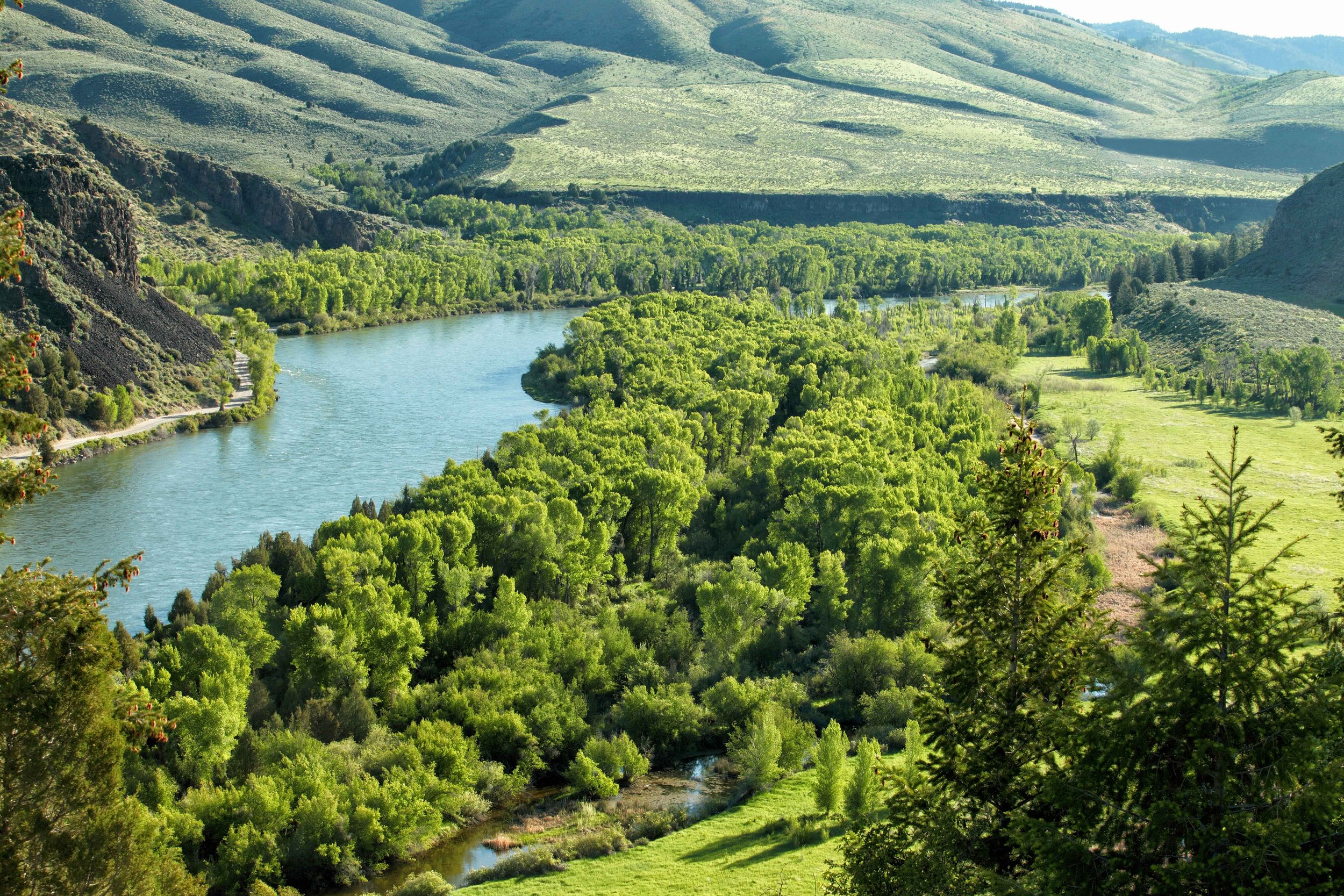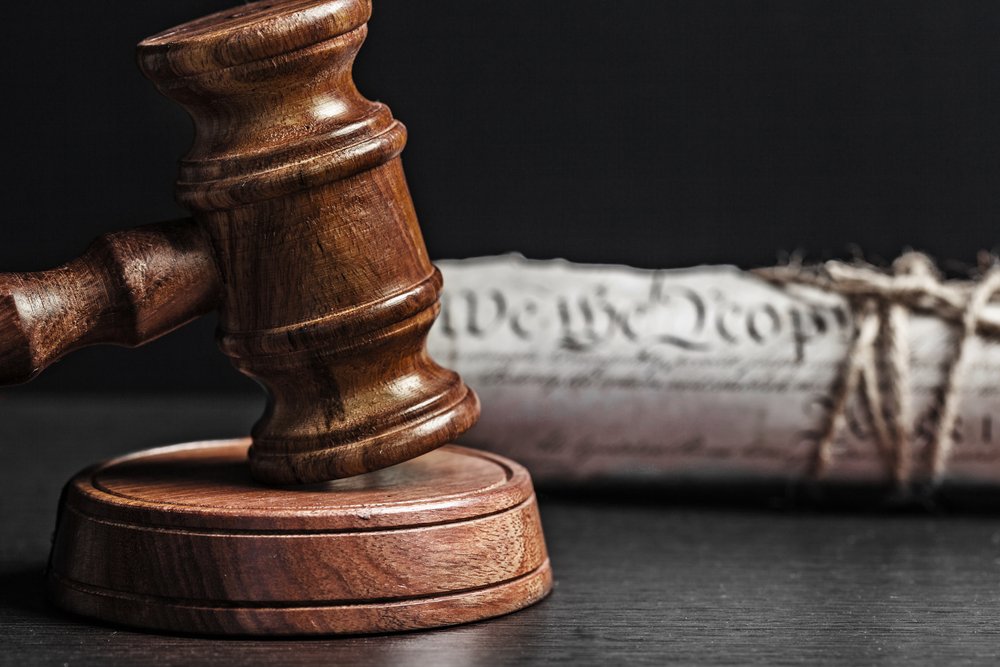When Is A Park Not A Park? - Saving Coney Island Boardwalk Garden
Seth Korman
One if the issues in the Coney Island Boardwalk Garden case that I discussed in my previous post boils down to a simple yet vexing question:
What is a park?
To most of us, a park is the playground down the block; the soccer fields where our kids play; the riverfront where we picnic and walk our dogs. But what about those lands that are open to the public but lack the grass or trees that we generally associate with parkland? What about beaches, or lakes, or sandlots? And what about land that is used like a park but actually sits on private property—like gardens outside of commercial buildings, or college campuses, or outdoor malls?
Here, in the Coney Island case, we have a plot of land was owned by the City, managed by the community as a park and garden, used for distinct park-related purposes, and labeled as a park on nearly every city map (though not, it must be noted, on the official hand-drawn borough map, which can be viewed only by visiting the Brooklyn Borough President’s office).
In other words, we have land that bears all the hallmarks of a park, yet lacks an official “park” designation. This then lead to the next question: Why at all does this matter?
It matters because the State of New York follows an ancient legal regime known as the Public Trust Doctrine, a rule adopted in English common law that holds that public lands—including navigable waterways, shorelines, and other public spaces—are held in trust for the public. New York State, which strictly adheres to the Public Trust Doctrine, goes even farther: parks and parkland are similarly protected, and can only be alienated, or taken away, with by a distinct act by the state legislature.
Now this may seem trivial, but in practice this rule dramatically restricts the ability of local cities and towns (and private developers, it should be added) to develop on public parklands. Getting a bill through the state legislature is no easy task—especially here in New York—and so cities that want to develop on public parkland generally rely on one of two strategies: they claim that the development in question has a park-related purpose, and thus no parkland is being alienated; or they claim that the land in question is not in fact a park. In this case, it is this second issues that is currently before the court.
The City of New York and iStar Financial (the developer) argue that the community garden is not in fact a park, and that for over fifteen years the community has been using the space improperly, or temporarily, or at most with tacit temporary approval of the city. They claim that the City never intended the land to be a park or a permanent community garden, and thus that there is no need to seek legislative approval to alienate or build upon it.
We, however, make the opposite case, and point to documentary evidence that the City explicitly intended to make this acre of land—one of the only open green spaces in this underserved community—to become a permanent park and garden. We also show that, in response, the community, with the City’s blessing, and with help from the Parks Department, operated it as a park for nearly two decades. And we point to the many city maps and documents that show this land to be parkland. (There are a host of other arguments we make that deal with the various factors that can be used to determine whether park is in fact a park, for legal purposes, but for the sake of brevity I’ll leave those out here.)
So in short, one prong of this case really does come down to our initial question: What is a park? And the caselaw on this this is surprisingly thin. New York’s Public Trust Doctrine is part of the common law, and is thus derived not from law or statute, but from the body of recorded judicial decisions dating back to the state’s founding. And those judges that have ruled on this issues have not provided a ton of clarification. The State Parks Department has put together a good overview, but even it admits that cities can never be entirely certain.
As such, a secondary purpose of this case is, in addition to helping the community preserve its open greenspace, to have the courts provide further clarification, so that we all can better determine when a park is, in fact, a park.
In my next post, I’ll touch on the other major prong of this case, and look at the challenges and legal difficulties of using local environmental regulations to challenge environmentally hazardous government actions.
About the author: Seth Korman is an attorney representing the petitioners in the abovementioned case, Coney Island Boardwalk Garden et al v. City of New York et al. He is also the recent founder of New York Public Interest Advocates, a brand new (and hopefully growing) nonprofit legal and advocacy fund/organization that represents individuals and communities in these types of environmental and public-interest actions. He can be contacted at seth@nypia.org.











